
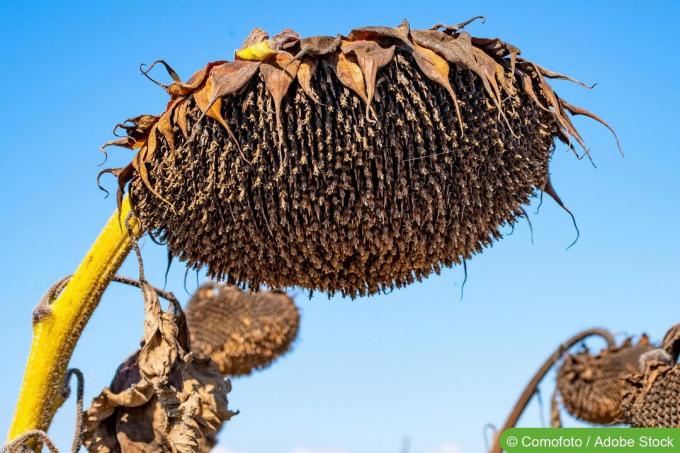
Table of contents
- Two types of sunflowers
- Annual sunflowers
- perennial sunflowers
- Properly cut faded sunflowers
- frequently asked Questions
Sunflowers bloom for a long time, but unfortunately not forever. Is it better to cut off the faded flowers or let nature take its course? Both are possible! It depends on the sunflower species and what you want to do with the ripening seeds. Read here whether you should cut off faded sunflowers.
Two types of sunflowers

sunflowers are usually divided into two groups. We compare them briefly in the table below:
| ordinary sunflower | perennial sunflowers | |
|---|---|---|
| botanical name | Helianthus annuus | Helianthus atrorubens, H. decapetalus, H. giganteus, H. microcephalus, H. salicifolius |
| lifespan | annual | perennial |
| growth habit | long thick stem | low, strongly branched growth |
| blossom | large plate-shaped flower | many small flowers |
Once the sunflowers have faded, it must be carefully considered for each species whether cutting it off makes sense.
A notice:
Even if the sunflower looks like a single flower to us, it is made up of many individual flowers. The outer petals consist of ray florets, the "eye" of many tubular florets.
Annual sunflowers
If you don't like the look of a faded sunflower, you can cut it off. In this way you can also prevent unwanted self-seeding. However, this does not stimulate the formation of new flower heads. If you can get excited about the all-encompassing charm of faded sunflower heads, put the pruning shears to rest.
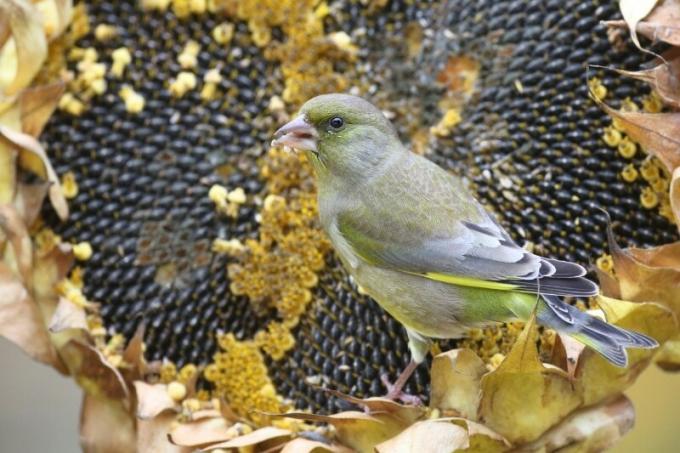
There are other compelling reasons to leave it alone:
- by autumn, many large seeds mature
- they are edible for humans
- offer themselves as free seeds
- birds use them as food
Tip:
You can leave the sunflowers in the bed as birdseed - even over the winter - until all the seeds have been picked out.
perennial sunflowers
Perennial sunflowers form much smaller seeds than annual sunflowers. But they are also popular with birds. If faded flowers are not cut off, however, there is a risk that the sunflowers will self-seed in large numbers. Seed ripening also consumes a lot of energy. It is therefore advisable to consistently remove faded flowers. This stimulates the formation of new flowers and prolongs the flowering period. If you still want to sow yourself or harvest germinable seeds, it is sufficient to leave only a few of the faded flowers.
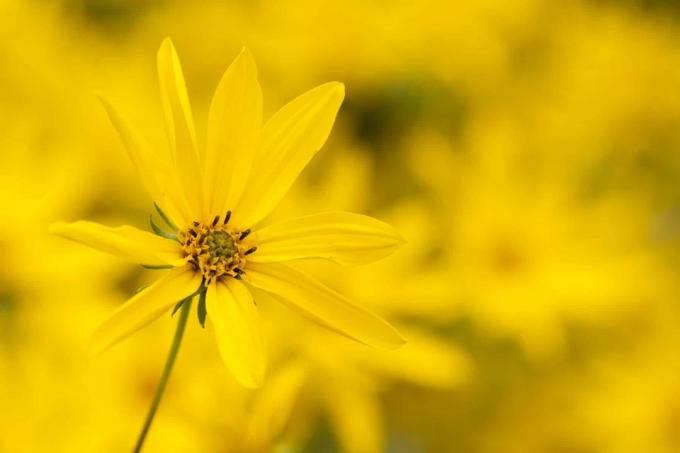
Properly cut faded sunflowers
Sunflower perennials have thin shoots that can easily be severed with pruning shears. Cut back each withered flower promptly, up to the first leaf axil. Annual sunflowers usually have a thick and woody stem. Use pruning shears or a saw to cut off faded specimens.
Tip:
When an annual sunflower has faded, do not tear it out of the bed. Cut them down to the bottom at most. The roots can decompose by spring, loosening up the soil and enriching it with nutrients.
frequently asked Questions
When sunflowers hang their heads, they are thirsty. Immediately reach for the watering can to remedy the lack of water. Since sunflowers prefer a sunny location, the soil around their roots dries out quickly. In summer you should water them every morning, and on very hot days also in the evening. But be sure to avoid waterlogging.
If you want to harvest seeds or eat the kernels yourself, you must not cut off the withered sunflower head too early. Because the inner, edible seed core only forms some time after the flowers have faded. As soon as the flower has faded, you should put a gauze bag over it and tie it at the stem.
No. You can cut off the flower head with the already ripe seeds and let it dry somewhere else. This is particularly useful when the days are very rainy and there is a high risk of mold due to the constant humidity.
That depends heavily on the weather. Ideally, the flowering period can last up to eight weeks.
 Mirko
Mirko
Learn more about summer flowers
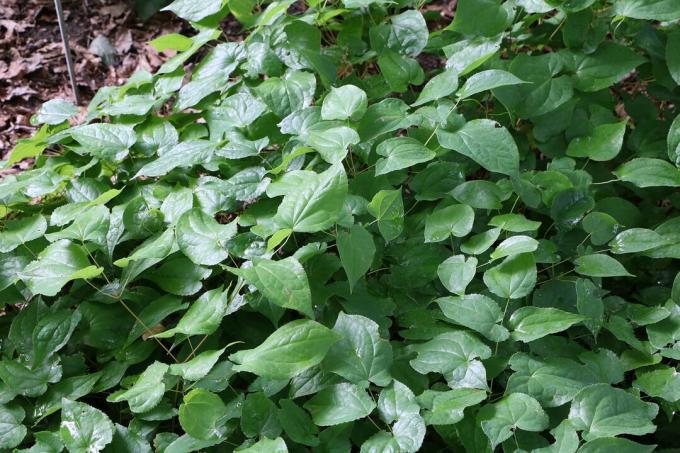
Elf Flower, Epimedium: 12 Tips for Grooming & Pruning
The elf flower transforms shady locations into a sea of flowers. Delicate flowers appear in white, yellow, pink, red or violet. The ground cover with the heart-shaped leaves is also decorative when not in bloom. We have put together the most important care tips for you.

Liver Balm, Ageratum: 10 tips for care
The leather balm is a daisy family that comes from Central and South America. In our latitudes, liver balm has been very popular for a long time, because here the plant does the trick not only a great figure as a gap filler between different perennials, but also in the form of one carpet of flowers.
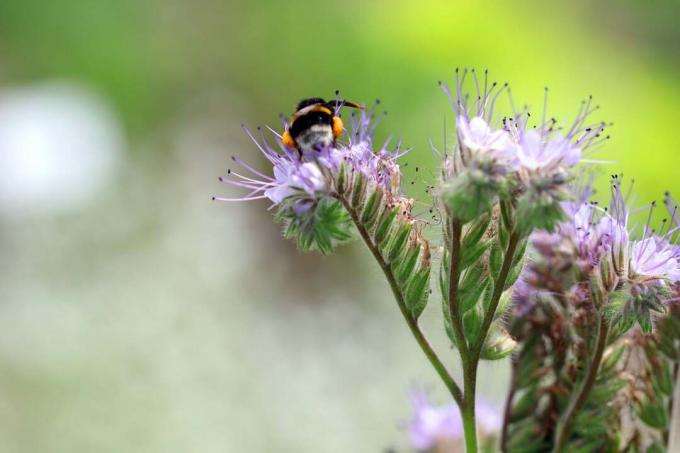
Bee friend, Phacelia: 8 tips for care
The cultivation of the tufted flower is not particularly difficult, because the plant turns out to be undemanding and easy to care for. If you take into account the basic requirements of this flowering perennial, you will benefit from its positive effects on biodiversity and soil conditions.
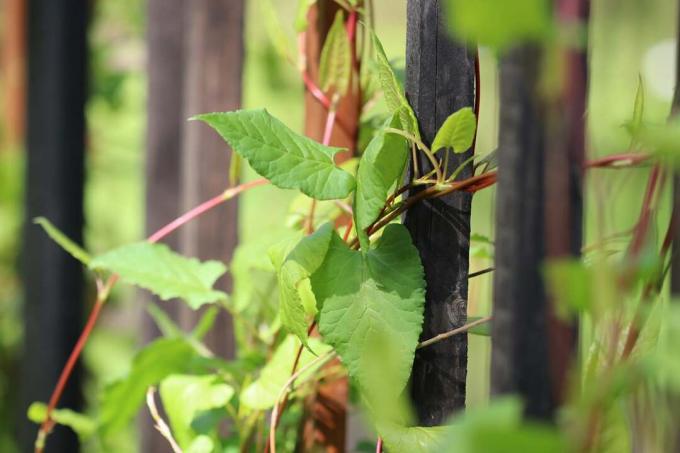
Climbing knotweed, Fallopia baldschuanica: Care from A – Z
A popular bee pasture but also a fast-climbing plant in the garden is the climbing knotweed. The plant should therefore be cultivated in the garden with some caution and appropriate care. Fallopia aubertii fits perfectly in a cottage or natural garden.
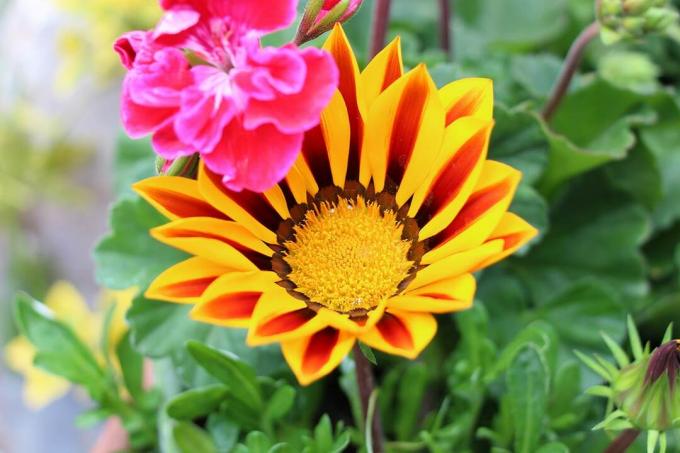
Is Gazania hardy? 6 tips for the winter
Gazania are commercially offered as annuals and not hardy. Hibernation works under ideal conditions, which require increased effort. Some varieties are considered hardy. The propagation of cuttings over the winter is an alternative to cultivating the plant perennial.

Loyal to men, lobelia: care instructions from A – Z
Loyal to men, also known as blue lobelia, flowers profusely all summer long with the right care. This beautiful bloom is encouraged by the right care. The blaze of color is not only beautiful to look at, the lobelia are also popular with various insects.


